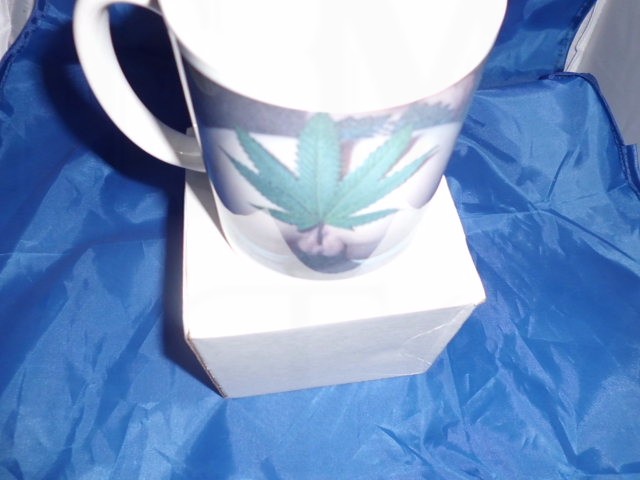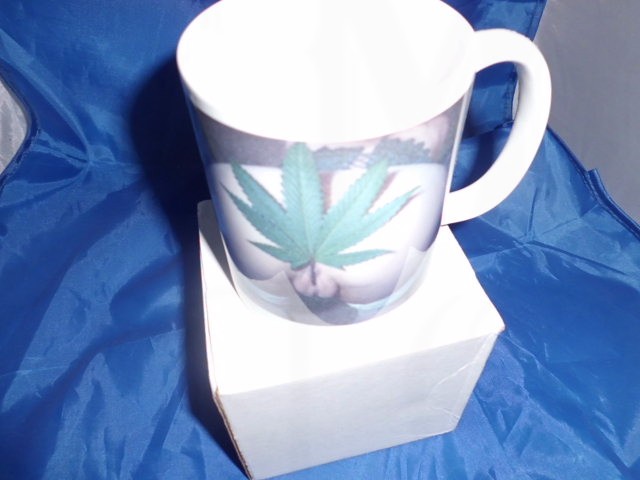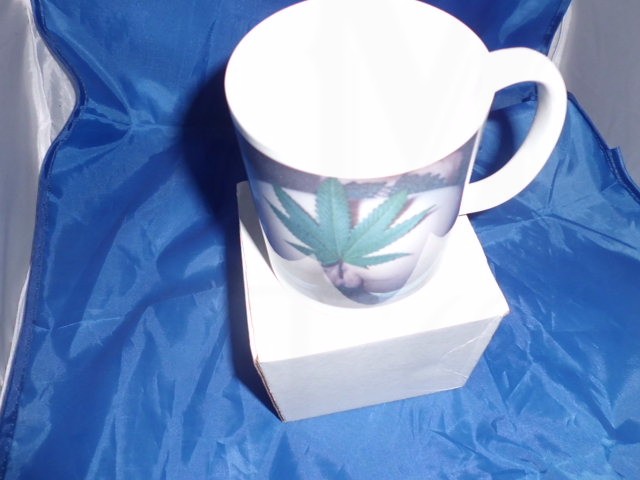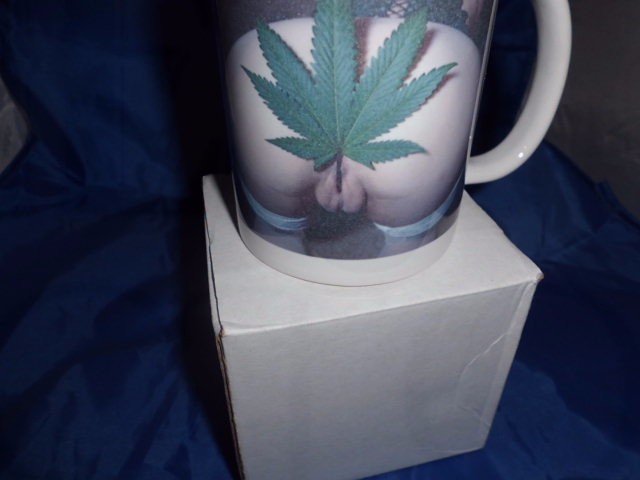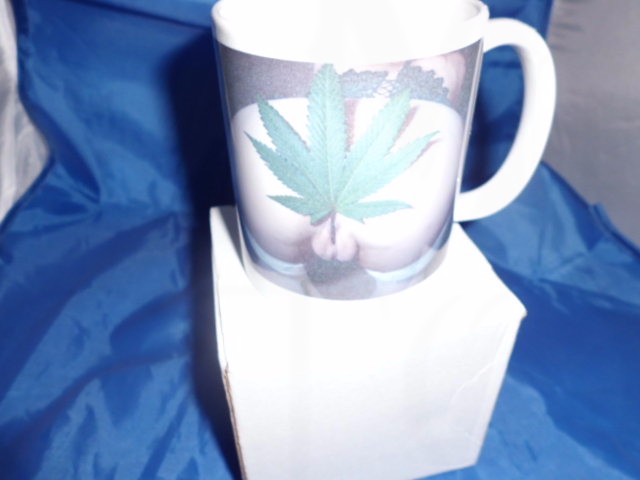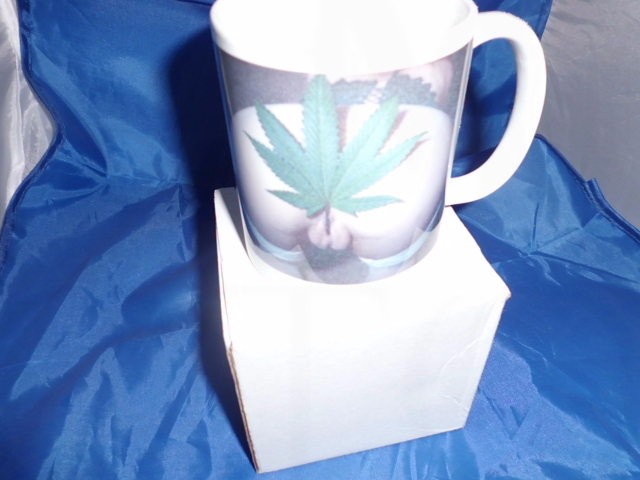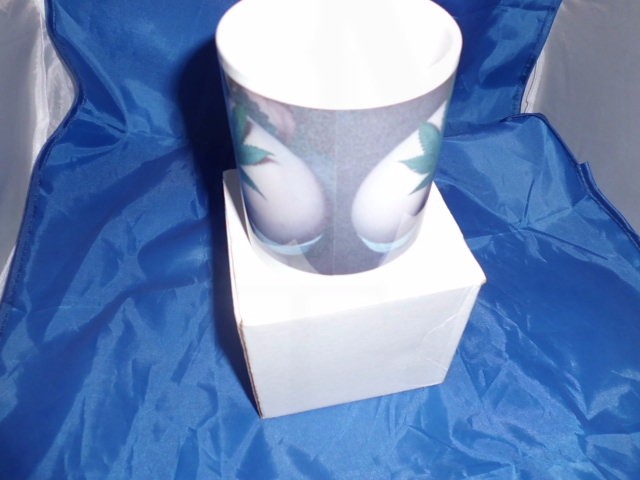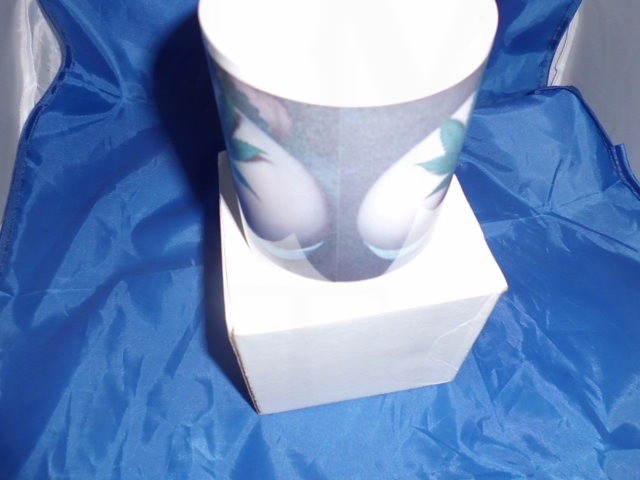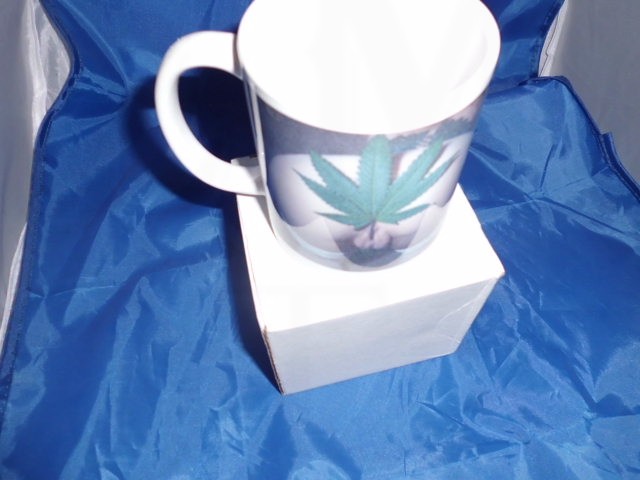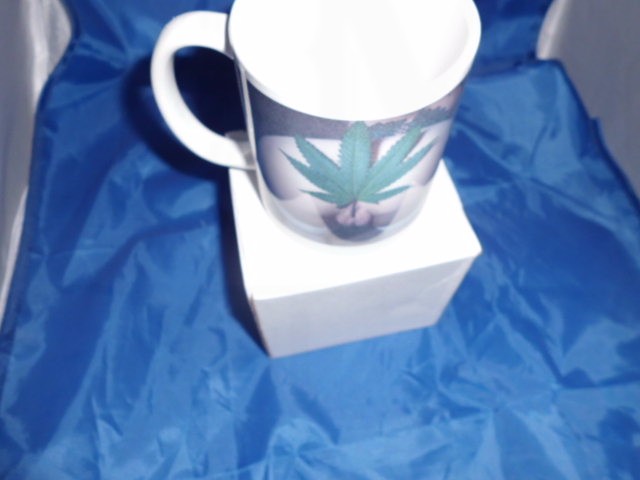marijuana Leaf inside a womans vagina risque mug
Marijuana coffee mug, pot head mug, pot leaf, stoner gifts, weed ... Go green mug;marijuana leaf coffee mug; coffee mug with pot leaf; gifts with .
Cannabis Leaf Marijuana Weed Dope Grass Ganja Aunt Mary Jane Rego Wacky Tobacky Ceramic Coffee Mug: Kitchen & Dining.
11oz mug
The leaves are the most recognisable and well-known aspect of the cannabis plant, and have featured in our artwork for thousands of years, from regions as disparate as Japan to Egypt. Despite the great degree of variation found naturally in local populations of cannabis, the leaves do not alter greatly in appearance between varieties.
According to the standard phyllotaxy, cannabis leaves are compound (with multiple leaflets, as opposed to simple, where a single leaf grows from the stem) and decussate-opposite rather than alternate. Opposite leaves emerge in pairs, one each side of the stem, with a clear vertical space between the leaf pairs. Decussate leaves are opposite, but each new leaf pair is at a right-angle to the last pair. Alternate leaves emerge from the stem singly, swapping sides as the vertical height increases.
cannabis leaves are usually decussate, as the plant prepares to flower the leaves may begin to emerge in an alternate pattern. Interestingly, rejuvenated cannabis plants demonstrate alternate phyllotaxy. Experiments with hemp showed that early-planted specimens, which flowered in low light conditions but did not die, began to put out new alternate leaf growth when hours of sunlight increased. The initial new growth was simple rather than compound, and as new growth continued, the number of leaflets gradually increased.
There is some evidence that this phenomenon leads to vegetative growth of greatly increased vigour, although the genetic processes responsible are not fully understood. It is thought that the evolution of opposite-decussate phyllotaxy occurred comparatively recently, from an alternate-leaved ancestor, and that the genes controlling the decussate phyllotaxy ‘switch off’ around the time of inflorescence.
Putting aside the eccentricities of cannabis leaf growth for a moment, let us take a look at the differences between the three main subspecies of cannabis. C. sativaleaves are long and slender, often with pronounced serrations, giving the leaves a jagged, almost spiky appearance. The coloration of sativa leaves ranges from bright, lime green to blackish-green at the darkest. The largest leaves can often have up to thirteen leaflets.
C. indica leaves are much wider, and the largest leaves usually have fewer leaflets than the largest sativa leaves, at seven to nine leaflets. Indica leaves are commonly deep olive-green; very light green leaves are rare and often a sign of deficiency.
C. ruderalis leaves are generally smaller than the other subspecies’, as the mature plant is much smaller overall, and the largest leaves may contain anything from five to thirteen leaflets. Ruderalis leaves are usually closer to the indica in terms of width, although they can be much narrower than any indica leaf would normally be.
Mutated leaf patterns seen in cannabis
The incredible variation in cannabis morphology throughout the world has led to some very unusual leaf patterns occasionally occurring. Many of these traits are seen as highly desirable due to their visual dissimilarity to “normal” cannabis, as they can serve to disguise a crop from the unwelcome attention of law enforcement in areas where cultivation is illegal.
Webbed leaves
Webbed leaves are a common mutation, and one which various breeders have attempted to stabilise. Such efforts have unfortunately not prevailed to the point where webbed varieties are now commercially available, although in the past it was possible to source webbed varieties such as Ducksfoot in seed form.
Whorled phyllotaxy
Whorled phyllotaxy is another common mutation, although this is less desirable as a concealment trait as the plants still definitely resemble cannabis. However, many growers find the trait desirable for cosmetic purposes, and some believe that such plants yield flowers of higher potency, although this has not been demonstrably proven.
Australian Bastard Cannabis
Australian Bastard Cannabis is perhaps the most striking mutation yet seen in cannabis. It is believed that this mutation was first seen in escaped populations around Sydney, and breeders have attempted to stabilise the trait, although without commercial success. This mutation takes the form of hairless, succulent leaflets, usually with no more than five leaflets to a leaf. The individual leaflets usually do not exceed a few centimetres in length.
Despite the allure of cannabis that does not resemble cannabis, most attempts to breed viable strains using these genetics have ended in failure. Not unsurprisingly, the best results will usually be gained from healthy plants that exhibit normal characteristics. However, the success of breeding ruderalis genetics (which are poor in cannabinoids) with higher-potency varieties indicates that further research may yield improved results.





